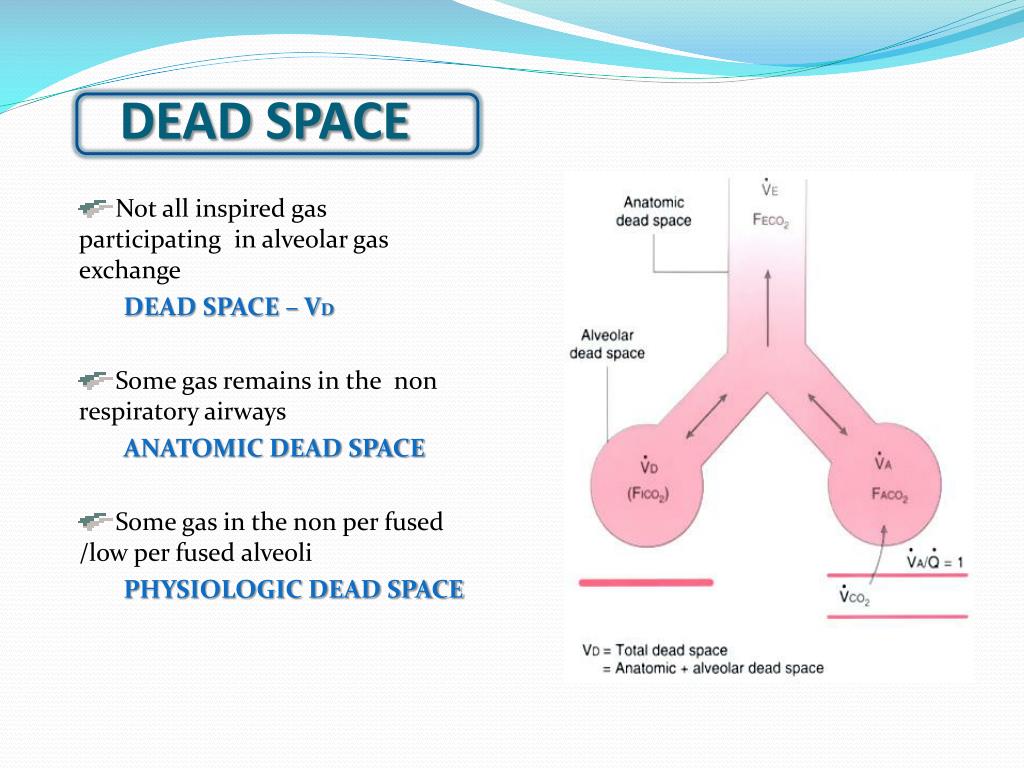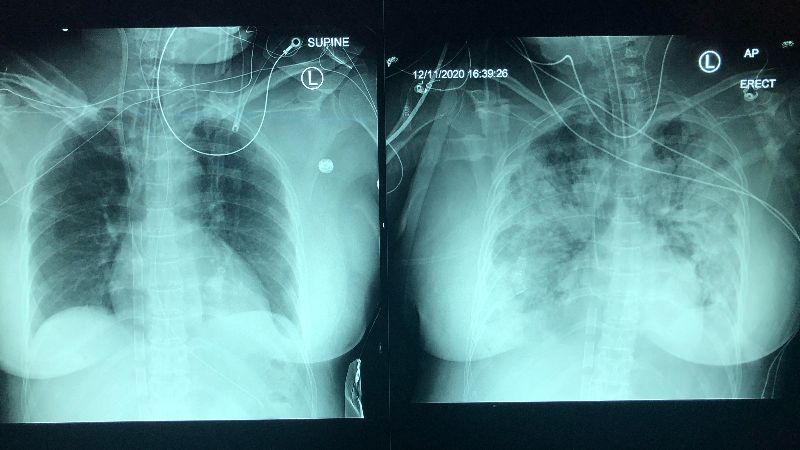

It was not until 1974 that Webb and Tierney described this phenomenon, called volutrauma when they demonstrated pulmonary edema in rats after exposure to high inflation pressures. The result is the initiation of an inflammatory cascade characterized by increased lung permeability, pulmonary edema, alteration of surfactant, and production of cytokines that injure the lungs. However, ventilation with large tidal volumes causes volutrauma due to alveolar overdistension and repetitive opening of collapsed alveoli. The rationale was to reduce hypoxemia, prevent airway closure, and increase functional residual capacity. Initially, mechanical ventilation involved delivering tidal volumes of 10 mL/kg of ideal body weight or higher.

The goal is to deliver a tidal volume large enough to maintain adequate ventilation but small enough to prevent lung trauma. Tidal volume is vital when it comes to setting the ventilator in critically ill patients.

The volume of inspired and expired air that helps keep oxygen and carbon dioxide levels stable in the blood is what physiology refers to as tidal volume. Expiration occurs to expel carbon dioxide and prevent it from accumulating in the body. At the same time, carbon dioxide continuously forms as long as metabolism takes place. It then diffuses across the alveolar-capillary interface to reach arterial blood. When a person breathes in, oxygen from the surrounding atmosphere enters the lungs. It is a vital clinical parameter that allows for proper ventilation to take place. It measures around 500 mL in an average healthy adult male and approximately 400 mL in a healthy female. Tidal volume is the amount of air that moves in or out of the lungs with each respiratory cycle.


 0 kommentar(er)
0 kommentar(er)
